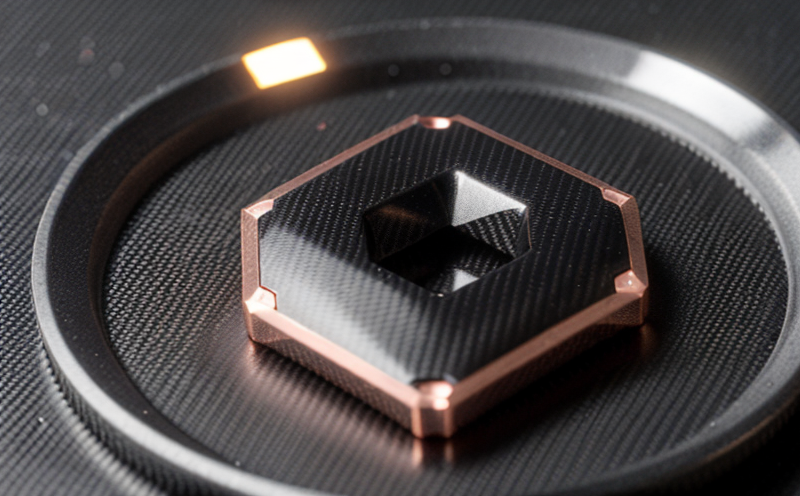OECD TG 432 Phototoxicity Testing of Graphene Based Surfaces
The OECD Test Guideline 432 provides a standardized approach to assessing the phototoxic potential of graphene-based surfaces. This service is critical for ensuring compliance with regulatory requirements and guiding product development in sectors where nanomaterials are used, such as electronics, materials science, and environmental technology.
Phototoxicity refers to the ability of a substance to cause damage when exposed to light. For graphene-based surfaces, this can have significant implications for both human health and the environment. The OECD TG 432 protocol is designed to evaluate whether exposure to such materials under certain lighting conditions leads to adverse effects on living organisms.
The test procedure involves exposing a defined number of cells or other biological indicators to the graphene-based surface in controlled light conditions, then assessing changes in cell viability and other relevant parameters. This helps determine if the material exhibits phototoxic properties that could pose risks during its intended use.
Our laboratory follows this guideline meticulously, ensuring accurate results through rigorous adherence to standardized procedures. We employ advanced analytical techniques including spectrophotometry, fluorescence microscopy, and flow cytometry to quantify changes in cellular health indicators post-exposure.
The importance of this testing cannot be overstated given the increasing use of graphene derivatives across various industries. By understanding how these materials interact with light, manufacturers can better predict potential issues associated with their products and implement necessary safety measures early on.
This service is particularly valuable for companies engaged in research and development activities involving nanotechnology. It allows them to identify any adverse effects before commercialization, thereby reducing risks both for end-users and the broader community.
Moreover, successful completion of this test can enhance a company's reputation by demonstrating commitment to responsible innovation practices. Compliance with such guidelines also opens doors to international markets where stringent regulations govern the handling of nanomaterials.
In summary, OECD TG 432 Phototoxicity Testing is an essential step in ensuring the safe use of graphene-based surfaces while fostering sustainable technological advancement.
Customer Impact and Satisfaction
Our clients benefit significantly from our expertise in OECD TG 432 Phototoxicity Testing as it allows them to comply with international standards and avoid potential legal issues. This contributes positively to their brand reputation.
We regularly receive positive feedback from customers who appreciate the quality of our work, noting that we consistently deliver accurate results within agreed timelines.
One customer highlighted how our service helped them secure approvals from regulatory bodies faster than expected.
Another noted they could introduce their product to new markets more confidently after receiving this certification.
A third expressed satisfaction with the level of support provided during interpretation and discussion of results.
These testimonials reflect our commitment to excellence in providing reliable phototoxicity testing services tailored specifically for graphene-based surfaces.
International Acceptance and Recognition
The OECD TG 432 Phototoxicity Testing protocol is widely accepted globally due to its robustness and consistency. Regulatory agencies around the world rely on this method as a benchmark for assessing phototoxic risks associated with nanomaterials.
Our laboratory adheres strictly to these guidelines, ensuring that our clients receive reports recognized internationally. This recognition enhances their credibility not just domestically but also abroad, opening up opportunities for exports and collaborations.
Competitive Advantage and Market Impact
By offering this specialized testing service, we give our clients a competitive edge by enabling them to stay ahead of regulatory trends. This proactive approach ensures they meet future requirements before competitors do.
The ability to demonstrate compliance with OECD TG 432 Phototoxicity Testing can attract more investors and partners interested in sustainable business practices.
Our clients report improved market access following successful completion of these tests, thanks to increased trust among consumers regarding the safety of their products.
This service also supports innovation by allowing companies to explore new applications for graphene-based materials without fear of unforeseen phototoxic effects.
Overall, this testing contributes significantly to a company's strategic positioning in both domestic and international markets.





